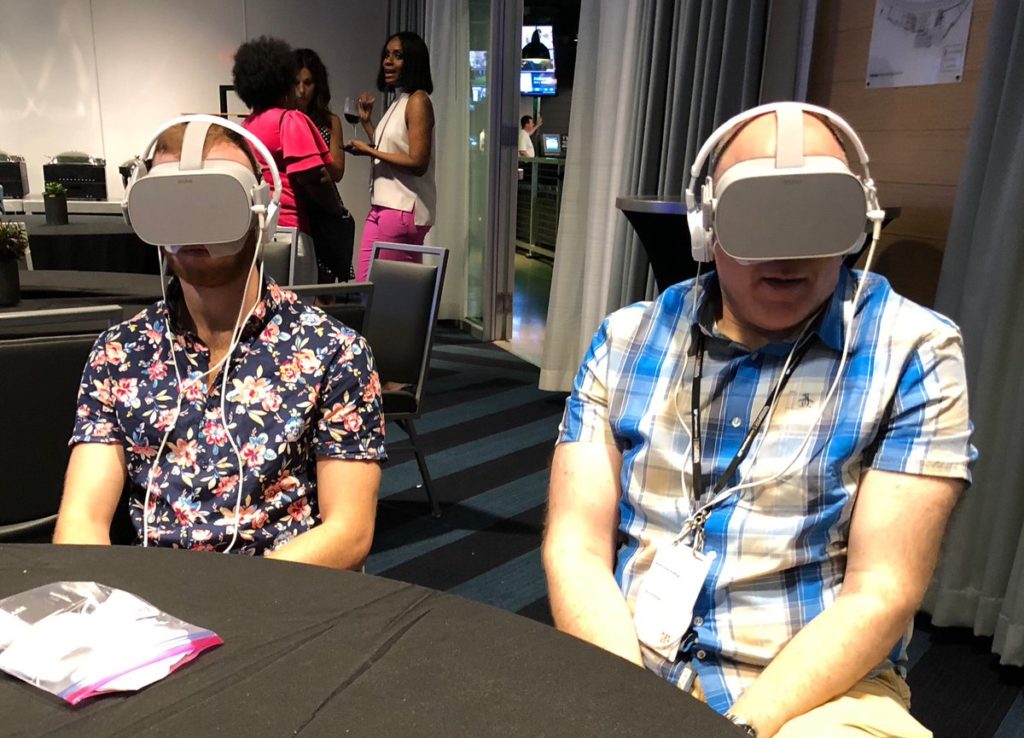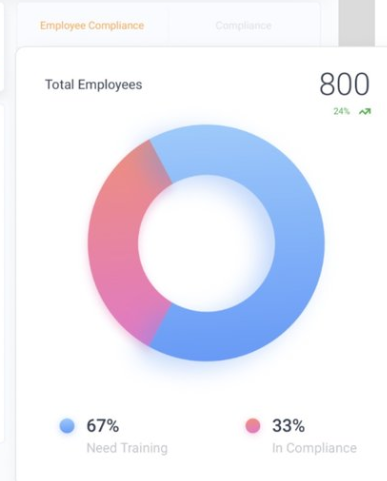My Spring is usually filled with travel. This year because of the “Great Outbreak’ (I used this on Twitter before everyone, once you start to see it everywhere, just know, you and I, will know where it truly came from!) I’m not traveling at all, but I’m still doing a few conferences, virtually.
Virtual conferences have been around for a long time. Almost every organization I know has tried them at least once. Most of these were free events and while most have fairly high numbers organizations go back to the “real’ thing. Most of us tend to not like virtual conferences over the in-person conferences. Why?
I have an opinion that most virtual conferences fail to prosper is because we try and take the in-person experience and we just transfer it to online. Here’s everything we did at the in-person show, now it’s online and just via video. The thing is, an in-person presentation is quite different from an online presentation. It’s one reason so many people hate webinars! It’s just some person talking at you through your speakers with a deck in place of their actual face.
The reality is, these two experiences, in-person vs. virtual are truly two extremely different experiences. Just throwing content up online doesn’t make it the same. In fact, it kind of sucks for most attendees!
So, how could we make virtual conferences better? Big question! One no one has really figured out. We just keep throwing the same garbage up thinking it’s the future of conferences. It’s not, in its current format. Here are some things I think we should be doing to make virtual conferences something people will want to attend and pay for:
– Live interaction with the community attending. One way to make this something people will remember is to get them more involved. I once did a “live” virtual event, which wasn’t really live. My presentation was recorded and then ran at a specific time and date, but I actually went into the chat while I was presenting and started asking questions and responding, etc. The chat blew up and everyone was interacting.
– Live video feed of the presenter, not just the slides. We know people are more likely to watch a live person speak versus just watch a static slide for two minutes while you tell some story or make your point. Virtual conferences need to find out how to put the real person on screen.
– Full professional production. You know what we love, all of us? Watching a well-produced TV show. If I’m running a virtual conference I’m not renting out a hotel ballroom and stage, I’m renting out a production studio and I’m going to make sure I’ve got great sound and lighting, etc. If you want someone to pay $1,000 or $2,000 to attend a virtual event, I better be entertained and it better look and sounds amazing. In the middle of the presentations give me live “anchors” talking about what we just saw and what we are about to see. Bring on a guest to talk shop, etc.
This will cost some money. It will cost way less money than an actual in-person conference, but if you want to make money doing virtual events, you need to up the production value a million times more than it is right now. No one is going to pay you big money to jump on a pseudo-Zoom conference call!



